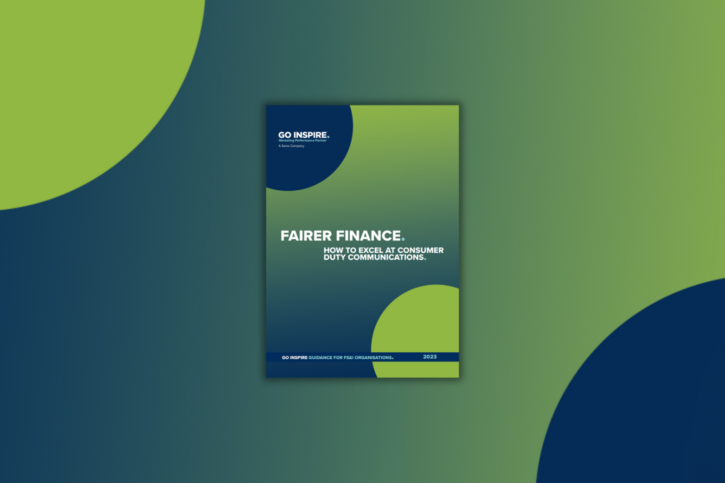We’ve been doing this for over three decades so you’d expect us to have opinions and a shedload of understanding on issues facing not just our industry but also yours.
Check out our blogs and see what we’ve got to say on a number of matters.









Want to see how we could improve your marketing performance? Let’s start a dialogue.